Building a Climate-Resilient Monitoring System for Kenya's Coastal Resources
Columbia's PGIF supports the development of a Kenyan Ocean Monitoring and Decision Support System.
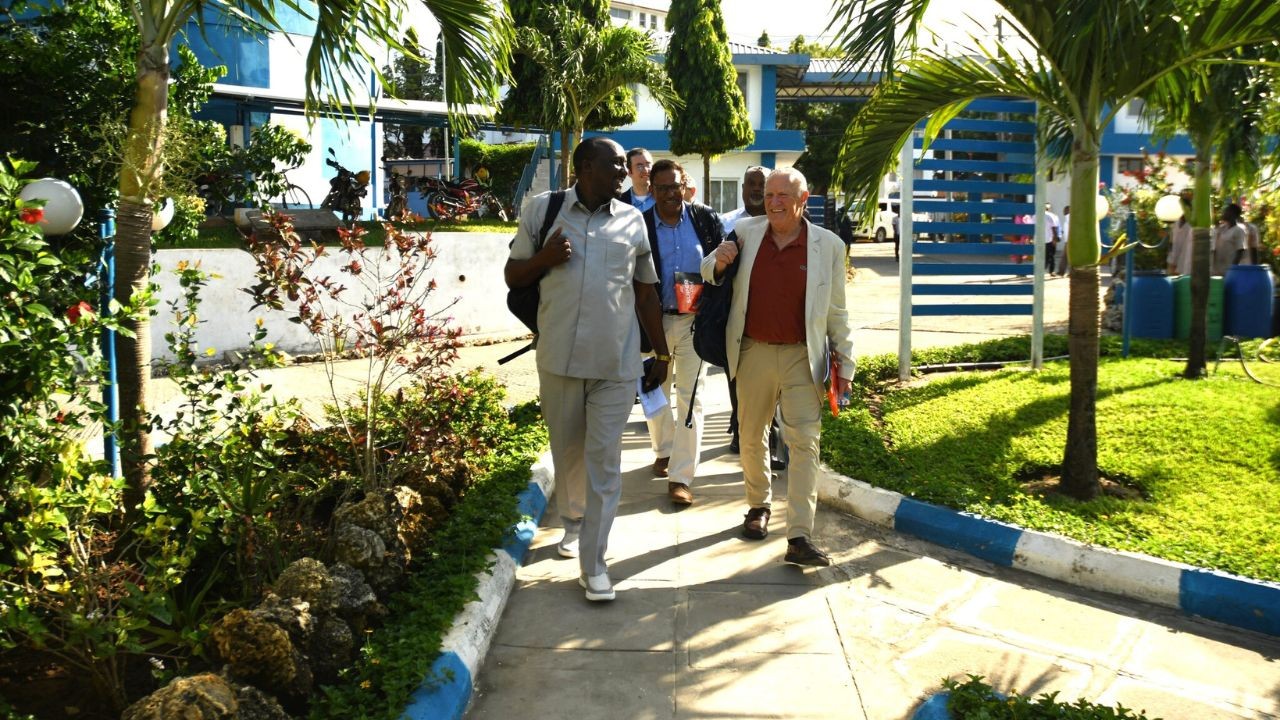
The Kenyan Government's Vision 2030 Blue Economy roadmap aims to accelerate offshore fishing expansion through infrastructure and tech investments, benefiting artisanal fishing communities. Climate change threatens this Vision, with expected impacts on marine productivity by 2050. Nevertheless, the early stages of the Vision offer a chance to shape sustainable coastal resource management policies. Professor Joaquim Goes (Columbia | Lamont Doherty Earth Observatory), supported by Columbia University's President's Global Innovation Fund (PGIF), is leading a project to develop a prototype for Kenya's Ocean Monitoring and Decision Support System.
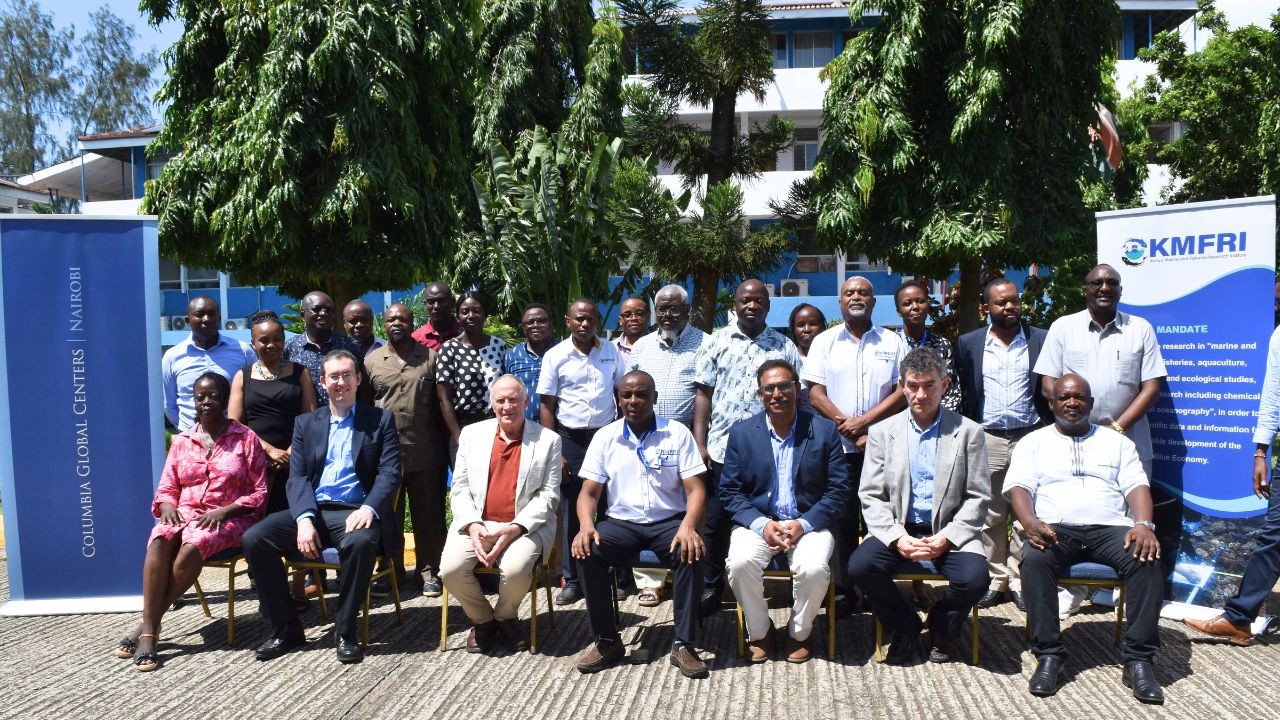
What Does the Ocean Monitoring and Decision Support System for Sustainable Coastal Resource Management Entail?
For his PGIF project, Professor Goes, along with collaborators from the University of Southern California (Dr. Dale Kiefer), the Naval Research Laboratory (Dr. Sergio de Rada), and Zach Siegrist (System Science Applications), is working to develop an ocean support system that utilizes computational tools, satellite data, and model-derived oceanographic datasets for the Kenyan coastline. Adapted from an ongoing coastal resource management project in the Sultanate of Oman, the team integrates existing and planned marine resource data collections and fuses it with satellite and model outputs to provide crucial information on ocean conditions, environmental forecasts, and potential fishery habitats.
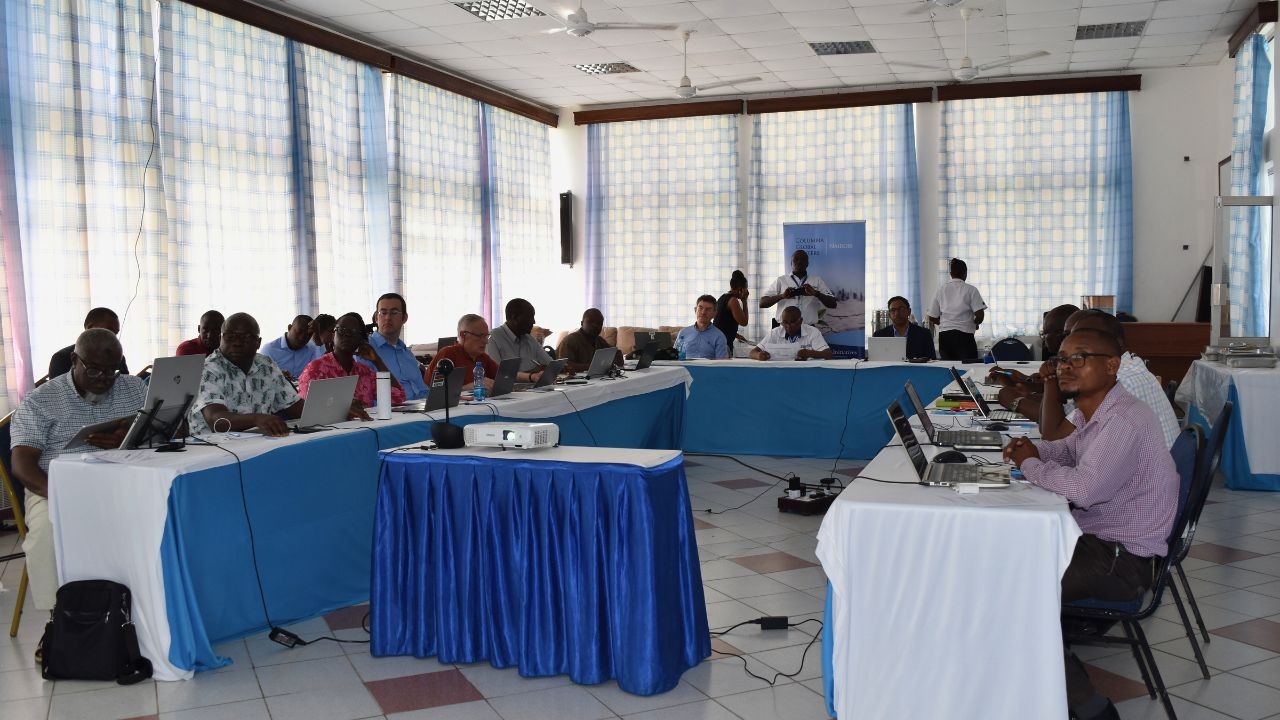
Why are these discussions salient?
Key players in Kenyan coastline endeavors include scientists from the Kenya Marine and Fisheries Research Institute (KMFRI), academics from Pwani University, and the Wildlife Research and Training Institute (WRTI). They collaborate closely to gather scientific data for sustainable management of Kenya's fisheries and aquatic resources. An ongoing challenge for the institutions is securing collaborators and funds to improve tools for predicting fishing efforts and collecting real-time data. Columbia's PGIF facilitated a two-and-a-half-day workshop, enabling these actors to initiate the development of an ocean monitoring and decision support system. This initiative aims to enhance decision-making to preserve Kenya's coastal resources.
Image Carousel with 5 slides
A carousel is a rotating set of images. Use the previous and next buttons to change the displayed slide
-
Slide 1: Gladys Okemwa - Scoping Workshop to Develop a Prototype Kenya Ocean Monitoring and Decision Support System for Sustainable Coastal Resource Management under Climate Change
-
Slide 2: Sergio de Rada - Scoping Workshop to Develop a Prototype Kenya Ocean Monitoring and Decision Support System for Sustainable Coastal Resource Management under Climate Change
-
Slide 3: Dr. Olwendo - Scoping Workshop to Develop a Prototype Kenya Ocean Monitoring and Decision Support System for Sustainable Coastal Resource Management under Climate Change
-
Slide 4: Zach Siegrist and Dr. Dale Kiefer - Scoping Workshop to Develop a Prototype Kenya Ocean Monitoring and Decision Support System for Sustainable Coastal Resource Management under Climate Change
-
Slide 5: Zach Siegrist - Scoping Workshop to Develop a Prototype Kenya Ocean Monitoring and Decision Support System for Sustainable Coastal Resource Management under Climate Change

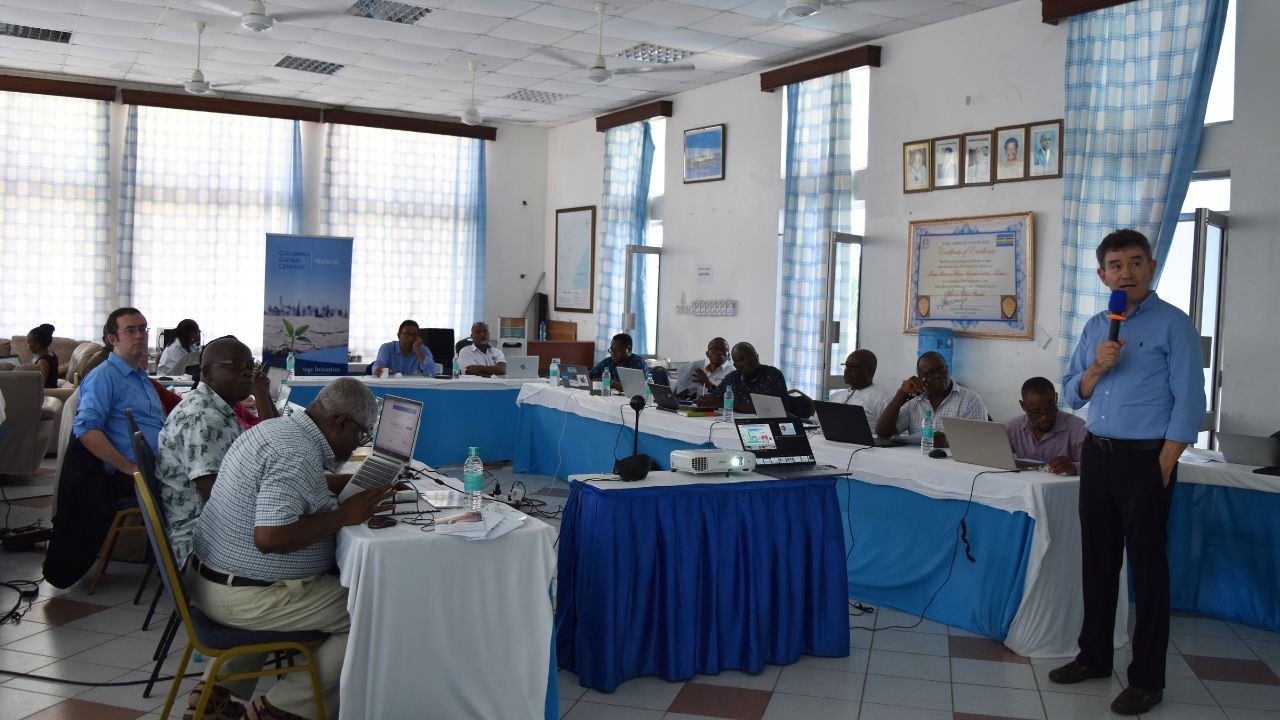


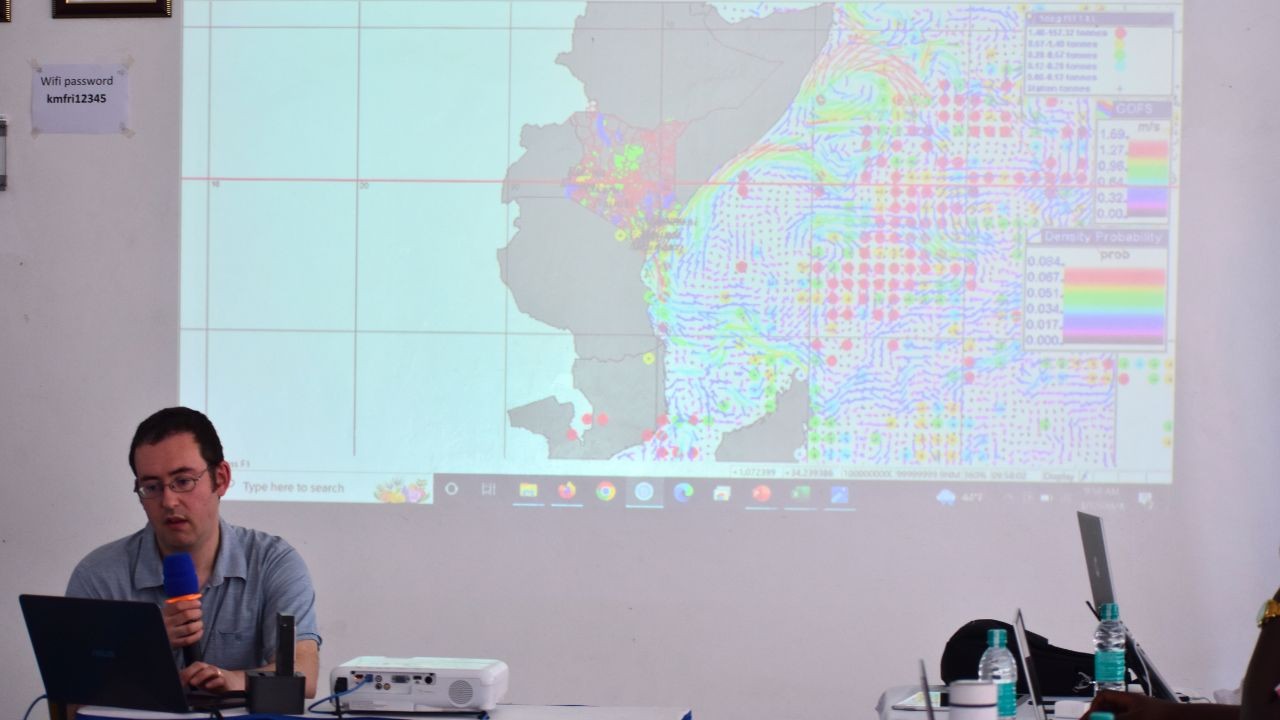
What were the key highlights from the workshop?
Kenyan actors provided insightful presentations, shedding light on challenges facing the marine coastlines and inland fishing grounds, including lack of fishery characterization, puffer fish proliferation, inadequate marine spatial planning tools, declining catches, increased bloom occurrences, and reduced biodiversity. Discussions with Kenyan scientists revealed the need and optimism for the potential of an early warning system to prompt timely interventions.

The leading PGIF collaborators then showcased the impacts of climate change in the Arabian Sea and its connection to the Kenyan Indian Ocean. They demonstrated how these changes may lead to ecosystem shifts, algal blooms, and increased predator populations, similar to those observed in the Arabian Sea. These analyses had been made possible through their early warning system, EASy, which examines environmental parameters and fish catch data to make real-time predictions. The system also offers visualization of ocean currents, sea surface height, sea surface temperature, and other biological parameters. The workshop featured the illustration of a 3-D model guide for interpreting retrospective and forecast analyses of Kenya's coastal and open waters.
Given the demonstrated benefits of EASy, by the workshop's end, the PGIF's leading collaborators and Kenyan actors concurred that seeking joint funding opportunities would be pivotal in realizing Kenya's ocean monitoring and decision-support system.